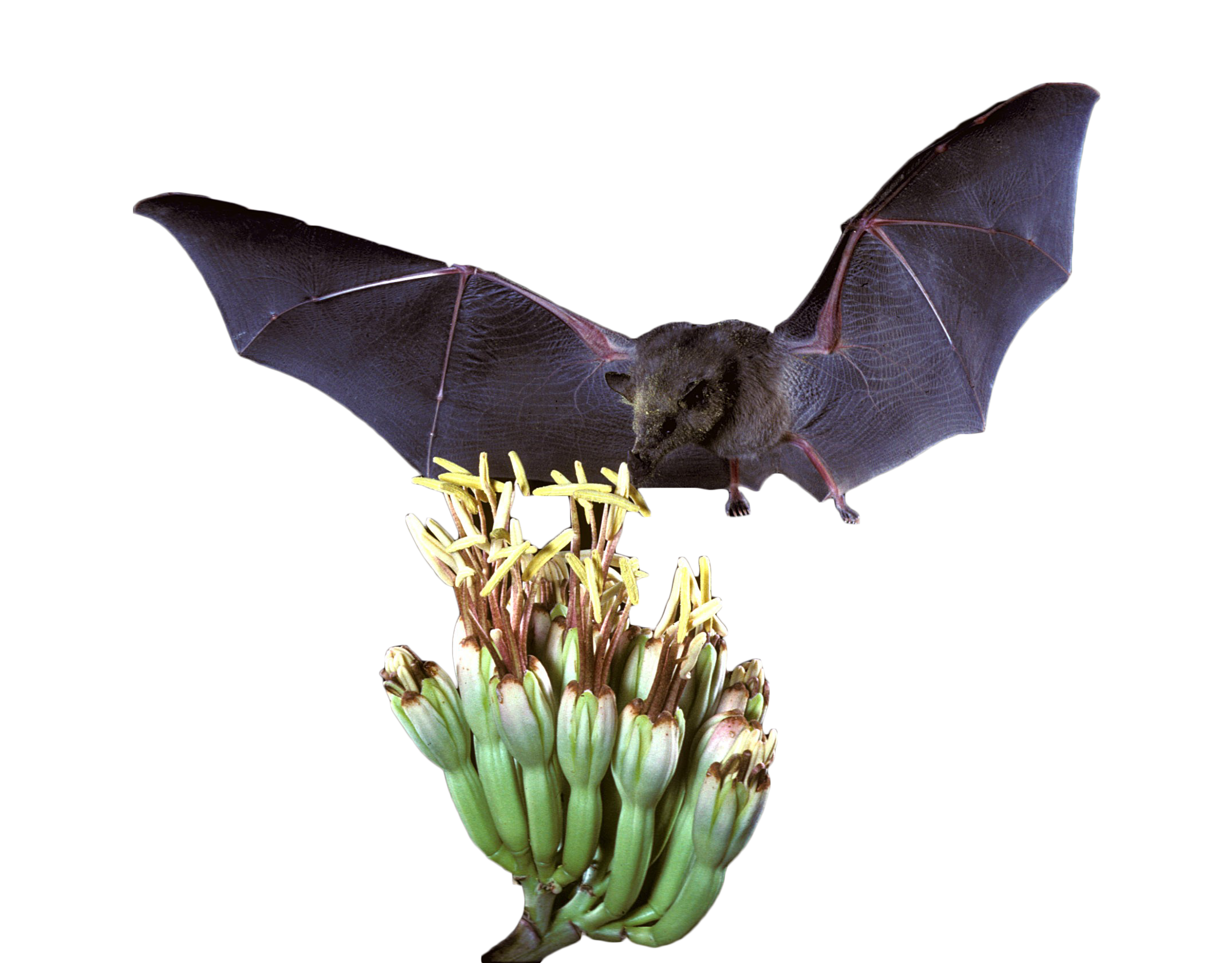uncover
Pollinators

What makes pollinators so special?
The animals we have been talking about so far - butterflies, moths, bees, hummingbirds, even some kinds of bats - are all considered pollinators. They move pollen from flower to flower, which helps make the seeds for the plants. These plants' life cycles depend on pollinators. And we depend on many of these plants for our food!
How does an animal pollinate?
As you might have observed, pollinators REALLY like to hang out around flowers. The flowers not only provide a good place to rest and hide, they also produce a sweet liquid called nectar that pollinators love to drink and depend on to survive. When a pollinating animal lands on the flower to drink and nectar, its body gets covered in the powdery pollen that is so important to plant reproduction. Just like a mail carrier who moves mail and packages from place to place, pollinators move pollen from flower to flower. This pollen is the key to plant reproduction. As the pollinator moves from flower to flower in search of more nectar, it spreads around the pollen that is all over its body.

But what exacly is pollen and why should we care if it moves between plants?


